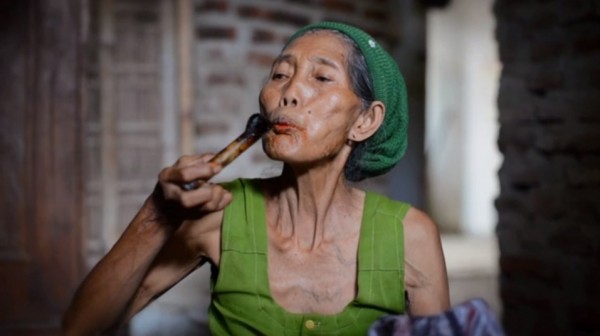How to Make Batik Fabric at Home. Batik is one way in the manufacture of garments. Batik refers to two things. The first is how the coloring batik fabric using wax that is used to prevent staining portion of the batik fabric. Referring to the international literature, this way is known as wax-resist dyeing. While the second notion is the fabric or clothing made with these techniques with the use of certain motifs that has a specific and particular philosophy.
Ways of making batik
Batik was originally created on fabric with white background made of cotton fabric commonly called Mori. At the present time the batik was also created at the top of fabric such as polyester, silk, rayon and other synthetic fabrics various materials. How to make batik, for Motif batik, formed using a liquid wax with media tools commonly called canting to use Motif Batik Write fine, or use a brush to implement Motif batik which has a large size, so the wax will be absorbed into the Batik fabric fibers. Batik fabrics that have been painted using wax subsequently dyed with the desired color, usually starting from light colors. Further immersion process, carried out on another motif with colors that tend to be older or darker. For detailed sequence of the process of making batik is as follows.
The tools needed for the process of making batik:
- Canting, a tool for making batik, these tools are usually made of copper where the edges resembles or is similar to a bird’s beak.
- Gawangan, a place to put down or put a fabric that will be batik motifs. Gawangan is usually made of wood or bamboo.
- Frying pan, has a small size that is used to melt the wax or malam. These pans are made of clay or bronze.
- Small stove or brazier, used for such a small skillet heat.
- Wax or malam, made from a mixture of various types of materials such as leaves gondorukem, paraffin, fat and coconut oil.
- Dyes, often used natural dyes (bark Soga, indigo leaves, etc.) or with artificial chemical dyes.

The Process of Making Batik
- Ngemplong, is the most basic or preliminary process that begins with the process of washing cloth. The goal is to eliminate starch content therein. Next is pengeloyoran, by inserting the fabric into peanut oil or castor oil that is in the straw ash. The fabric soaked in castor oil so that the cloth becomes weak, the goal for the absorption of the dyes fabric becomes better.
- Nyorek or memola, is the process of making a pattern or trace on the fabric in a way that has been modeled on the pattern motifs in mal before, or are often said to ngeblat. Batik patterns or motifs are usually made on parchment paper first, then traced according to the pattern on the fabric. In this process we can trace or modeled directly on fabric using a pencil or canting. If you want to reproduce colors more perfect and not broken then the batik process is repeated on the reverse side. This process is commonly referred to as ganggang.
- Mbathik, is the process of incised wax batik fabric on top, beginning with “Nglowong” that is drawing the lines outside pattern and isen-isen that fill pattern with various forms of images. In the process of isen-isen contained the term nyecek which means making stuffing fabric in the form of dots on the pattern that has been made. There is also another term, namely nruntum, which is almost the same as the process of isen- isen, but more complicated.
- Nembok, namely the process of covering the parts that are not allowed to hit the basic color of batik fabric, in this case the question is blue color covered with a waxy coating that is thick as if into a retaining wall.
- Medel, dyeing process of batik fabric which has been made into a liquid dye that is done repeatedly to get the desired color.
- Ngerok and Mbirah, at this stage is in the wax batik fabric carefully scraped off using a metal plate, then batik fabric rinsed clean then aerated.
- Mbironi, namely the process of covering the blue color and pattern isen-isen form cecek or the point of using wax. Followed by the ngrining, ie the process of filling in the fabric that is not tinged with a certain motif. This was done after the coloring process is done.
- Menyoga, derived from the basic Soga, is a kind of wood used to get brown color by dipping fabric into the mix the brown color.
- Nglorod, This is the final stage of the process of making batik fabric in which the artisan batik will release all wax, by way of brewing fabric that is quite old color in boiling water. Furthermore fabric is removed and rinsed with clean water and aerated until the fabric is dry.
Bibliography of How to Make Batik Fabric at Home
- Batik. Anonymous. Online: http://goo.gl/wFb7Eb accessed on 19 November 2014 11.50 GMT+7
- Cara membuat batik tulis. Cahbagoes. Online: http://goo.gl/ZCYR97 accessed on 26 August 2015 16.13 GMT+7